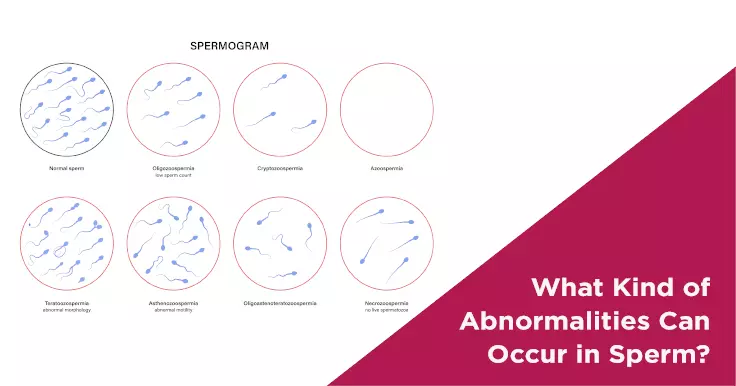Aspermia Diagnosis: Key Causes of Male Infertility

Aspermia is one of the causes of male infertility. It is a condition in which the male body does not produce any semen during ejaculation. As semen is not released from the body, there arises no question of egg fertilisation and occurrence of pregnancy. Outlined below are the methods usually applied to diagnose aspermia:
Aspermia Diagnosis
Aspermia diagnosis involves the following tests:
- Analysis of the patient’s history:
An elaborate analysis of the patient’s history is done to understand the conditions and causes related to the disorder.
- Physical examination:
This involves the physical examination of the testicles and genitalia of the patient. It is done to make sure that all the essential male reproductive parts, like tubules and vas deferens, are present.
- Post-ejaculation urine test:
This test is carried out to confirm if semen is present in the urine or not. It helps to confirm the condition of retrograde ejaculation.
- Blood tests:
The blood tests are done to ascertain the level of hormones present in the blood of the patient. A very low level of testosterone leads to low level of semen as well.
- Radioimmunoassay (RIA):
This test is done to check the sex hormone levels in the blood. In men with aspermia, the levels of testosterone and follicle-stimulating hormone decrease while the level of luteinizing hormone increases.
- Microscopic examination of sperm:
Minute evaluation of the sperm cells is carried out under a microscope in this test.
- Chemical analysis of semen:
This test determines whether there is a decrease in the fructose concentration in the semen and if the pH is low.
- Imaging studies:
This involves transrectal ultrasound and magnetic resonance imaging. It checks if there are any damages in the seminal vesicles or the prostate gland.
 Infertility Counselling
Infertility Counselling Female Infertility Treatment
Female Infertility Treatment Andrology Treatment
Andrology Treatment Fertility Enhancing Surgeries - Female
Fertility Enhancing Surgeries - Female Fertility Enhancing Surgeries - Male
Fertility Enhancing Surgeries - Male Endoscopy Treatment
Endoscopy Treatment IUI Treatment
IUI Treatment IVF Treatment
IVF Treatment ICSI Treatment
ICSI Treatment Advanced IVF Solutions
Advanced IVF Solutions Embryology
Embryology Vitrification Egg, Embryo, Sperm Freezing
Vitrification Egg, Embryo, Sperm Freezing Preimplantation Genetic Testing (PGT)
Preimplantation Genetic Testing (PGT) Donation Program Embryo / Egg / Sperm
Donation Program Embryo / Egg / Sperm Self-cycleTM IVF
Self-cycleTM IVF

 Self-cycleTM IVF
Self-cycleTM IVF










